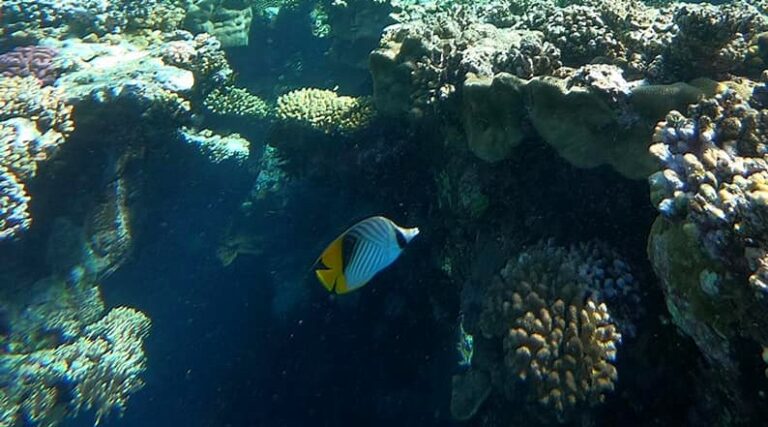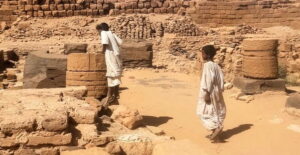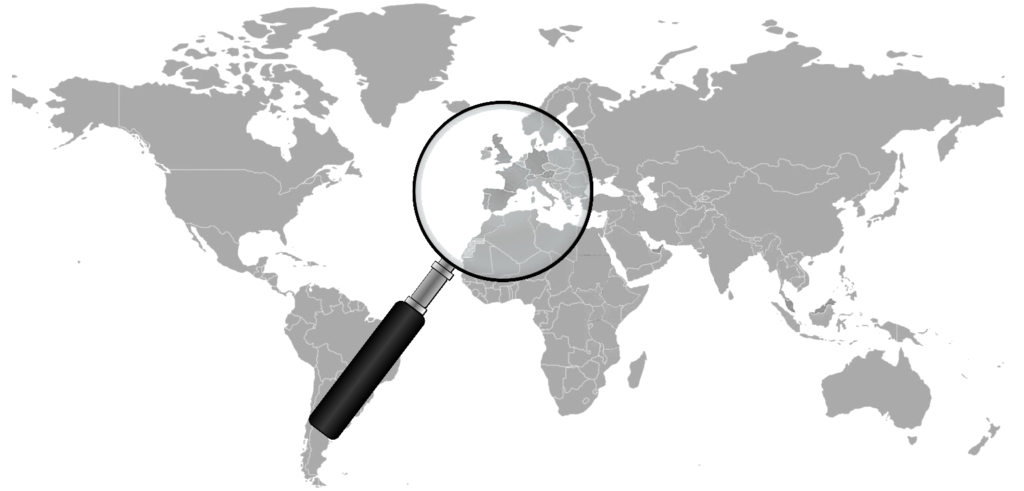▶ Destinations ▶ Egypt
Snorkeling in Egypt is very popular, it is a must-do activity for people traveling around the Red Sea as it has some of the best places in the world to snorkel and snorkel. We will see that here, but we will rely on El Quseir (El Quseer, Al qusair) instead.
Chapka insures your trip to Egypt
Get it now
The city of El-Quseir
It is not a very meaningful name when referring to the Red Sea in Egypt Because it is in the shadow of the largest tourist cities of the coast, usually seaside.
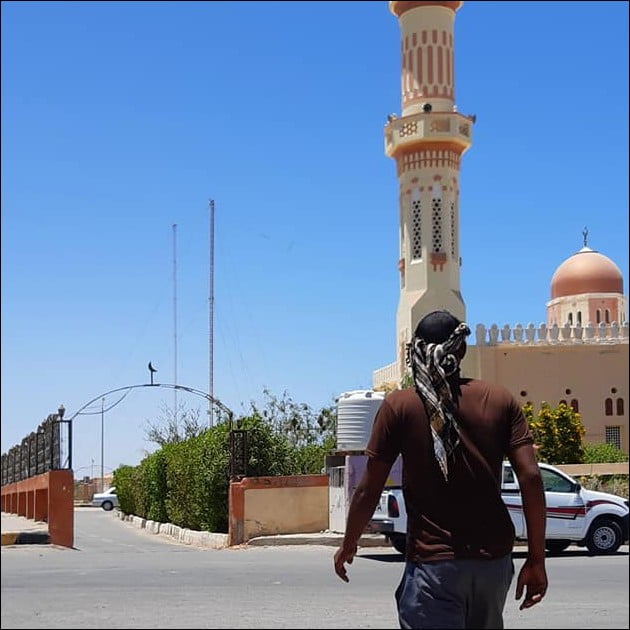
This city is very Old and has been inhabited for over 5,000 years. There are many old remains including a fortress. The place is very authentic and above all very well preserved from mass tourism. It is a destination of choice to discover the sea air and fishing in a traditional town. Much more interesting than its rather superficial neighbors in comparison, such as Hurghada or Sharm El-Sheikh.

Nevertheless, I was surprised when I returned to this city. Many adjacent roads were basically only sand and dust, even the seaside one. In two years, a large part has been concreted. I fear that it will gradually denature itself to adapt to tourism!
- I stopped in El Quseir in 2019 while doing a full tour of Egypt. I arrived from Marsa Alam, which was a town destined to be a seaside resort. Today it is nothing less than a huge abandoned project. The beaches were deserted. It was very nice but there wasn’t much life. I decided to go along the sea in order to find a real city and I came across El Quseir. I then went back in 2020.
My experience with the marine fauna of El Quseir
I had already dived twice in Marsa Alam but I had never put my head under water in El Quseir, although I spent quite a bit of time there. The diving budget is still heavier than the snorkeling budget. And yet, it is by snorkeling here that I have seen the most things. For the equivalent of $ 4 or $ 5 you can rent fins, mask and snorkel for the day.
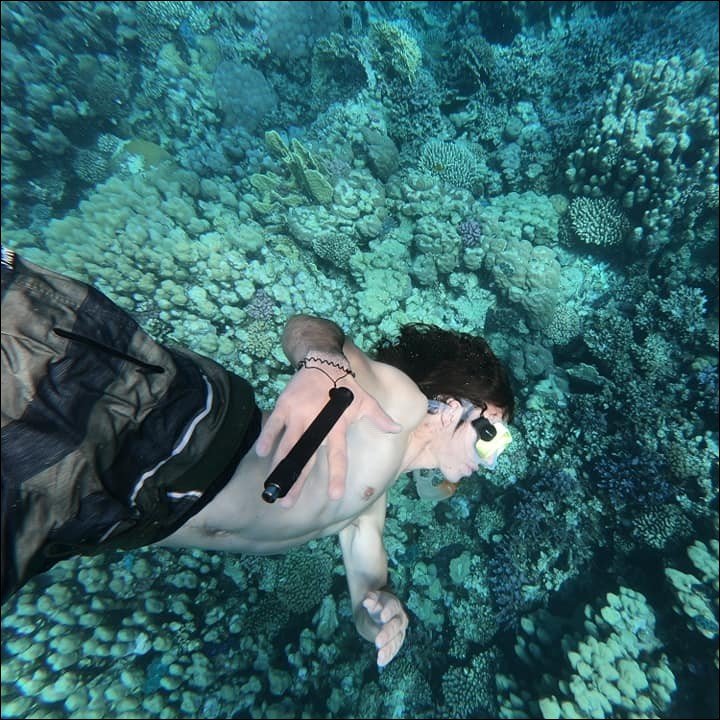
I was accompanied by a friend, we had miles of beaches to ourselves, it was quite fantastic. Our first exploration was fruitful and very surprising, to say the least. Even creepy sometimes!
We were very far from shore and we were starting to go around in circles. The area we were in was filled with aquatic plants to the point where we couldn’t even see ahead. Especially since there were no animals to observe.
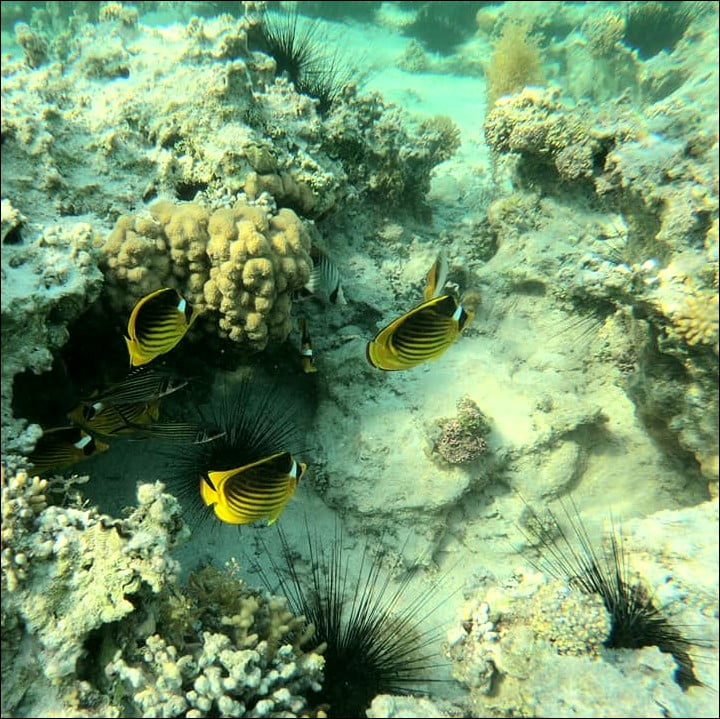
After a few minutes we fell again on a sandbank. It was very large and deep, just like a crater. It was completely surrounded by aquatic plants. Inside, there were corals, which was a totally different environment and biotope¹.
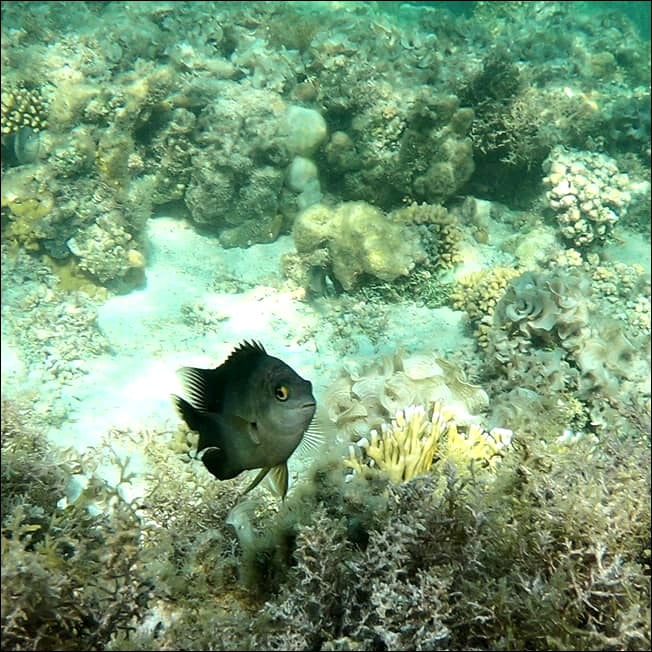
An impressive wildlife
We were greeted by a multitude of colorful fish and very large sea urchins. You had to be constantly on guard not to touch the thorns. They were everywhere and they had a pretty sharp defensive technique (I’ll tell you about it below).
Life in this particular place was just amazing. We also had to be careful not to touch the corals which for some were very irritating. The water level was relatively low, about the size of our torso. Sometimes much less, when corals were numerous and sometimes 2 meters and a few in areas without corals.
It was complicated to put your feet on the ground so much the ground was filled with critters. In addition, we could not always stand on the sand because the eddy disturbed the water and we could no longer see what surrounded us. We were constantly on the board, our heads under water and on the lookout.
A special encounter
The same evening after the first exploration, we did some research. We realized that many of the animals we were very close to were venomous. The next day, we returned to our spot with a lot of excitement but with a little more scare!
When we got there, the water was completely cloudy. We couldn’t see anything. The current was not stronger than the day before. So we stayed static and always plank in the water until visibility became better. Suddenly, a gigantic ray peeled off the ground like a flying saucer! It was impressive, she was the one who made all this fuss!
Stingray in snorkeling
This same line, with a wingspan approaching 2 meters, began to turn around us without stopping. There, we were less proud, especially since we saw almost nothing. We quickly realized that there were actually several. The others were much less imposing but of good size. Maybe there was a courtship or something.
We got out of the sandbar a bit, and we managed to follow stingrays discreetly. Apparently, if we are calm she is too. But it’s an art to implement! If she freaks out, she attacks or she flees at an impressive speed. You could almost think they are propelled! Strange these saucers.
What animals can be seen in El Quseir?
All the species mentioned are those that I have observed several times in El Quseir.
Scorpionfish
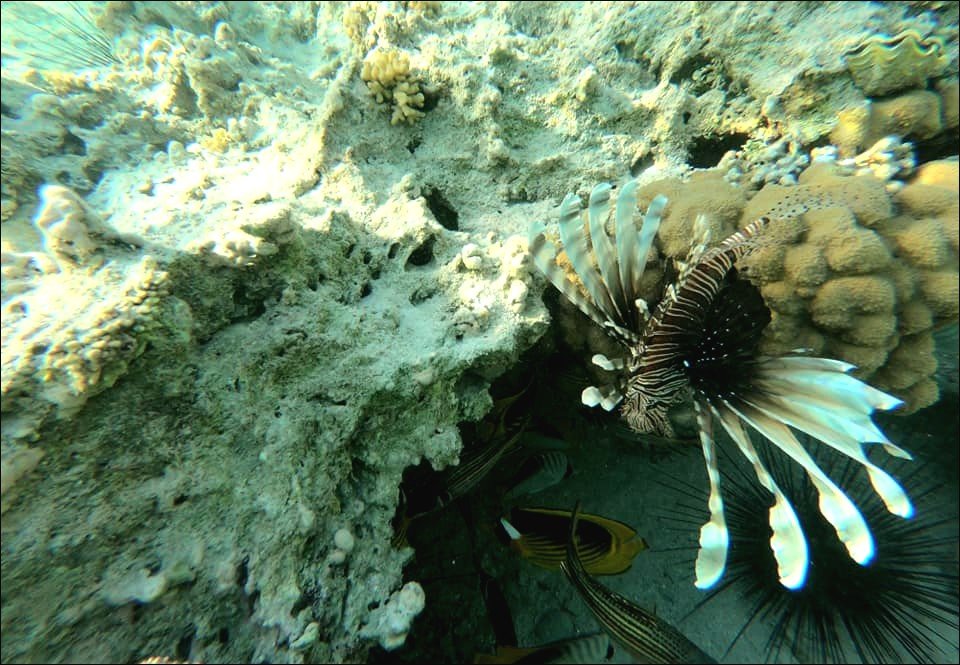
A fish that we do not miss, given its pace and size. It is between 30 and 40 centimeters. It is a fairly common species in El Quseir. However, in the shallow waters I only saw cubs of about twenty centimeters. Large individuals are visible if you go deeper. It is an animal venomous which injects a neurotoxin through its long backspines. It can paralyze a limb and have cardiovascular effects.
Sea urchin diadem
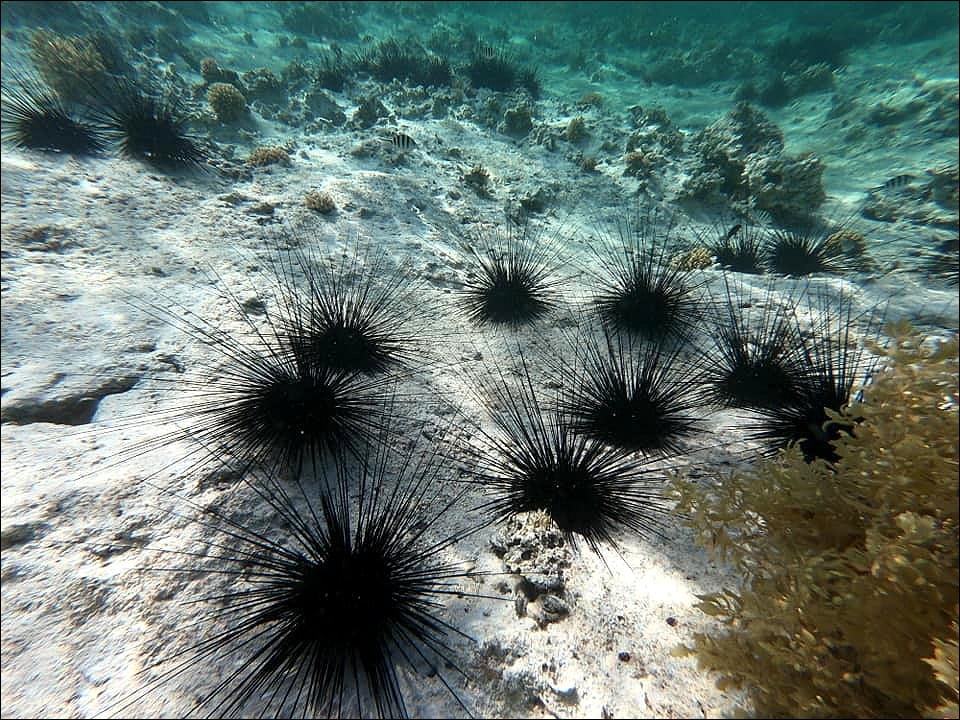
The famous sea urchins I was talking about. These are everywhere, they proliferate because of the overfishing of their predators. They measure about 30 cm or more. This species is crazy to observe. It has an “eye” that distinguishes your movements to allow it to orient its spines in your direction, history that they penetrate correctly into you. Nice right?
Are sea urchins dangerous?
The largest thorns, once planted, break into the flesh. They are known to be very difficult to extract since they are similar to needles and a thorn can break into several pieces. The shorter ones are stronger and more venomous. Fortunately venom is light even if it is felt for several hours.
Green sea turtle
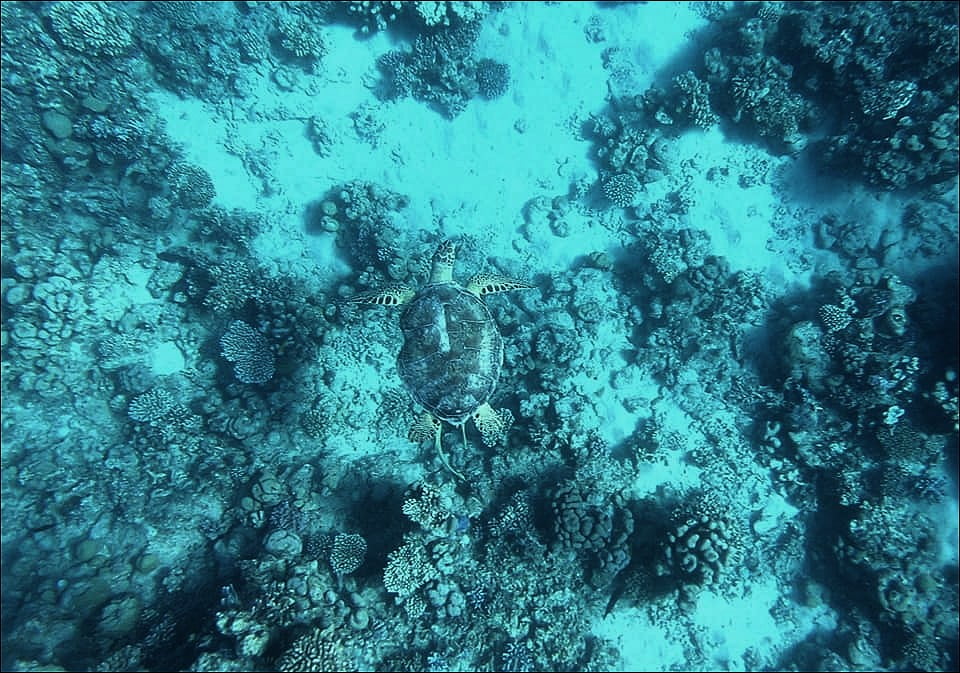
This one will have to look for it in the deep waters but it is quite observable in El Quseir. I saw 2 of them. If you are lucky you can see her swimming. It is very easy to spot. Otherwise, it will be necessary to scrutinize the corals carefully and try to distinguish its shell. The fish that are glued to her all the time betray her presence. The ones I saw were around a meter long.
Giant moray eel
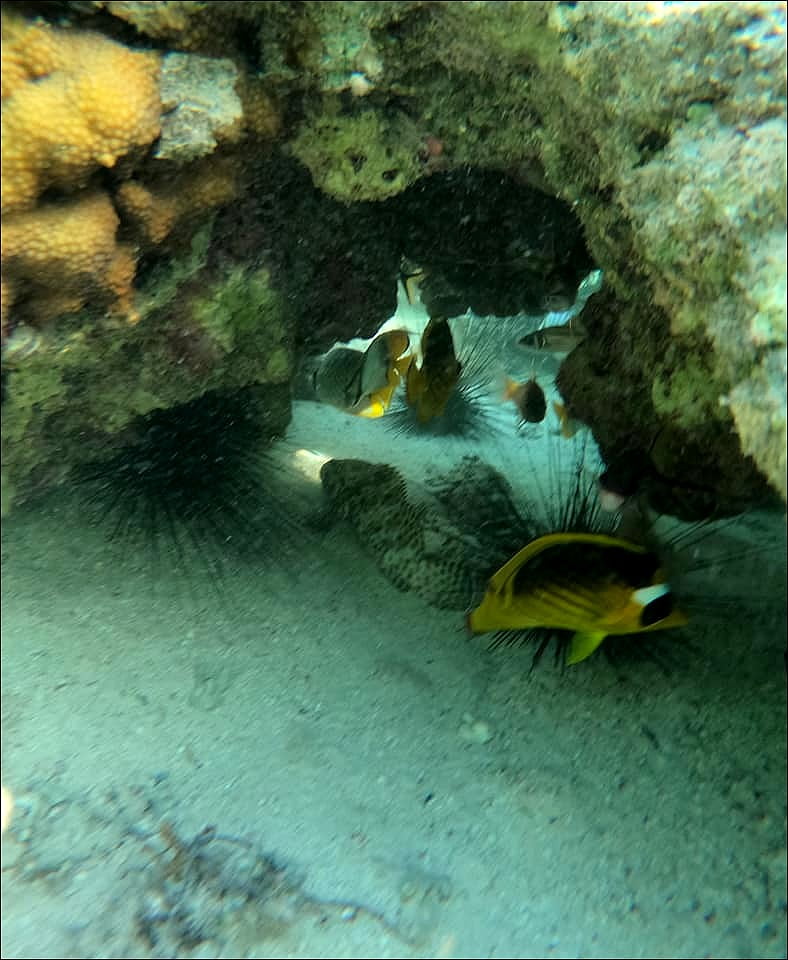
A rather creepy species for once. It is very present in El Quseir but also very discreet. It hides between the corals and leaves only a small piece of its head protruding. It is a technique that allows him to be safe from predators while hunting without being seen. The photo depicts a juvenile moray eel that was in the open. The other photos I have are of very poor quality.
Are moray eels dangerous?
You have to be careful not to put your hands anywhere because a moray eel can bite easily. In some cases, they turn very quickly on themselves like a whirlpool without letting go of its prey. I let you imagine the state of your hand after that.
How big are moray eels?
If you stay in shallow water, you will come across individuals not exceeding the meter. If you go deep, they can be very big. This species can reach 3 meters!
If you see one and you lurk around, it is waiting for you and sticking out at least a third of its body if you move away. Just to keep an eye on you! It’s pretty funny to see.
Stingray
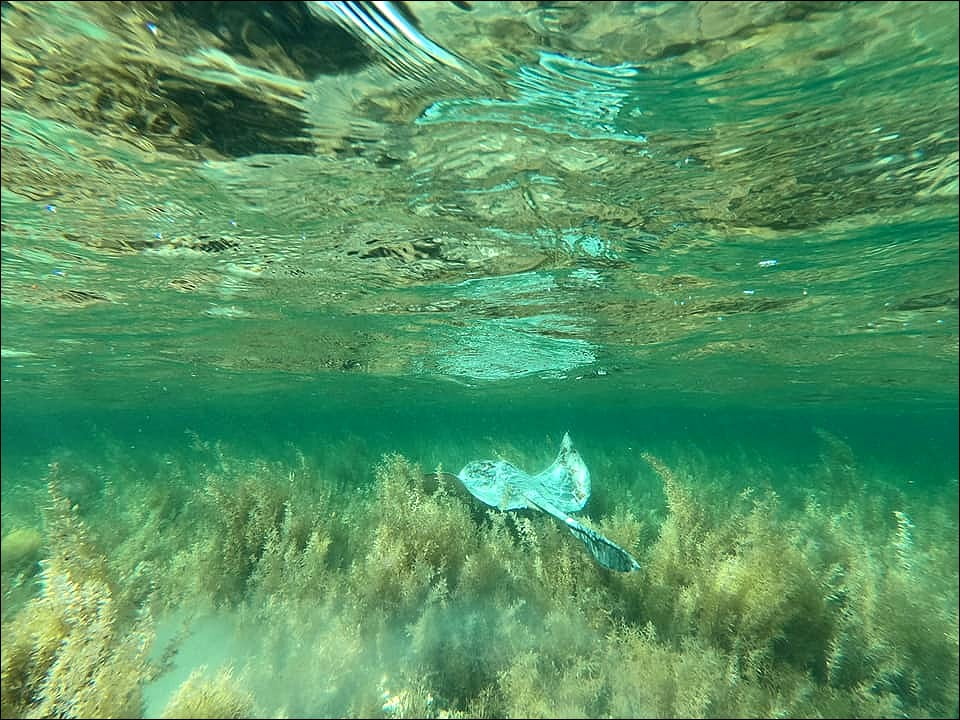
Here is the species that surprised us with my friend, the little two-meter behemoth. This ray can also reach 3 meters long, with some 2 meters wide and a modest weight of 250 kg. From what we have seen, we can observe very large specimens in the very shallow waters of El Quseir.
Are stingrays dangerous?
It is a rather peaceful species. We followed them without problems. They are runaway but caught off guard, they can give a very sharp tail blow on which is a stinger. This species is venomous. The typical accident is that of stepping on the animal when it is placed on the sand. It has the ability to run its long tail over its own body to sting, much like a scorpion.
Blue-spotted skate
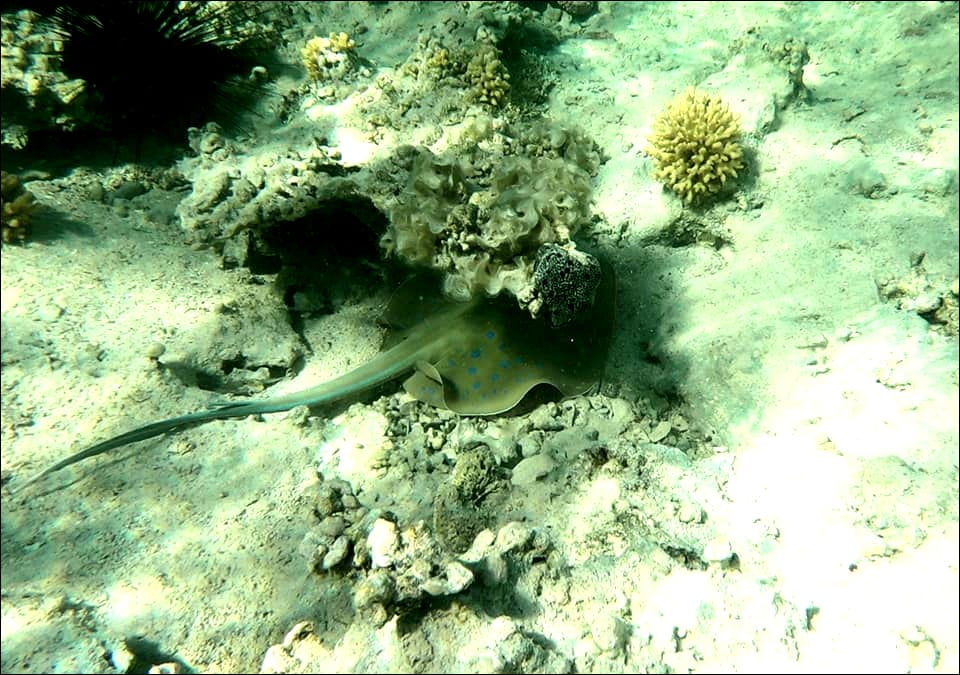
This species of ray is particularly common in the vicinity. It is much less imposing than its stingray cousin, about 30 cm without the tail. And much more froussarde! It detaches at the slightest movement at a speed hardly believable. I managed to film that once. It’s hard to believe, but I assure you that the video is not accelerated.
Is it dangerous?
Although bites are rare, this species remains venomous. Its beautiful electric colors are also there to prevent it.
Other species of rays
Two other species of rays live in the area, much prettier. The eagle ray and the Manta ray (click to view a photo). These live in deeper waters. I was able to observe a very large manta ray from a friend’s boat, in an area where the water is very deep but very clear.
Star balloonfish
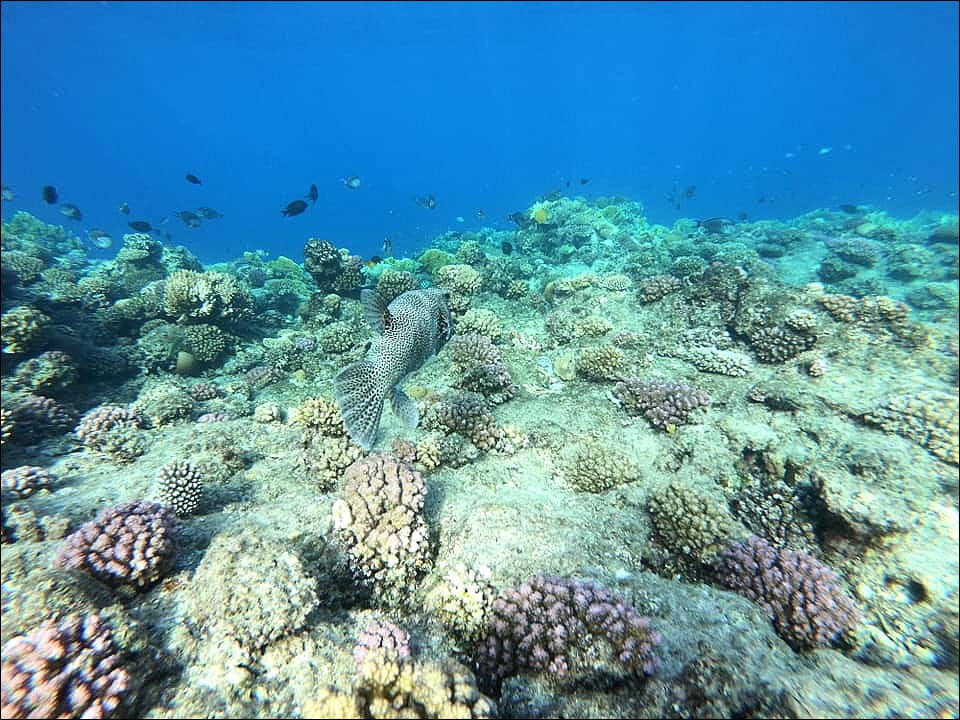
From the puffer fish to El Quseir, there are many different species. This one is the largest I’ve observed and it’s very common. They are very slow fish and so heavy that it looks like they have trouble swimming, dropping slightly into the bottom.
Why do puffer fish take the shape of a balloon?
To defend themselves, they inflate like a balloon by swallowing water and secrete venom by the thorns that distract from its body. They are often found on beaches, they are abandoned by fishermen when caught in the nets. They are always found swollen. No risk with these fish, they are cool!
Stonefish
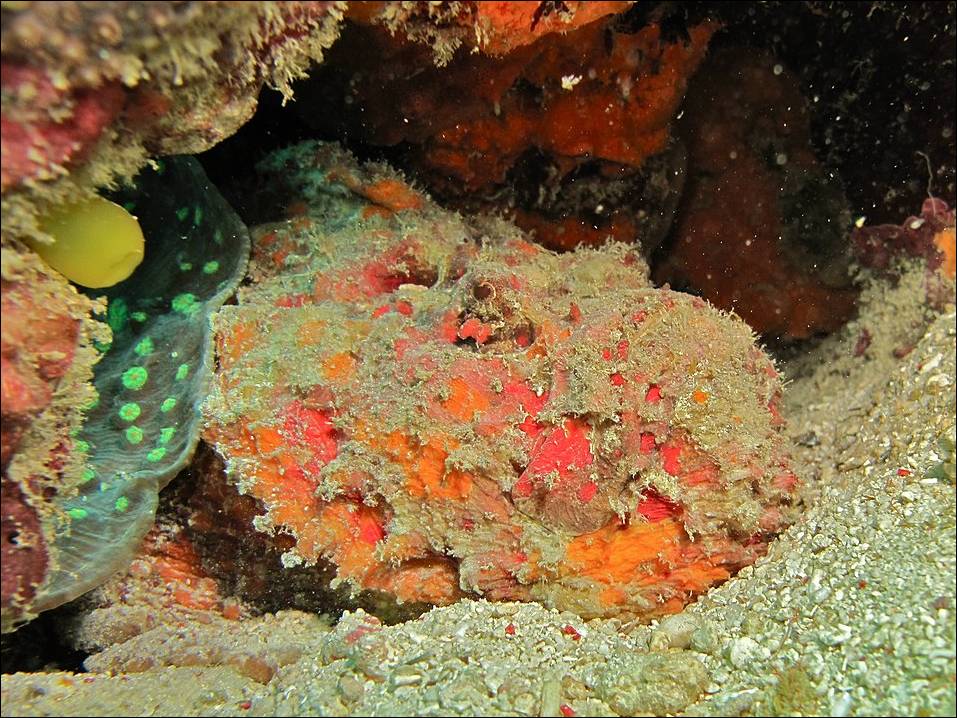
Is stonefish dangerous?
This fish is one of the most venomous in the world. He is present in El Quseir. Its mimicry² is so perfect that it is simply indistingable among corals or sand. Its skin secretes a substance that agglutinates all the organic matter in its path.
When we heard about this animal, we doubled our vigilance. I stumbled upon it only once and just walked away. For this reason, I do not have a photo of this animal. It is a potentially deadly species, the action of the venom is very fast and can cause sudden fainting. It is also part of the same family as the scorpionfish, the scorpaenidae.
How can I avoid it?
It is common, only, it is so well camouflaged that we miss it most of the time. Note that its colors are different depending on its support. To avoid it, just don’t put your feet on the ground, especially if you don’t have fins or shoes. It hides rather in corals but can be present even on sand.
Other species
This small list is obviously far from exhaustive. Regarding the crazy animal species that can be found there, there is the dugong. It is a very large herbivorous mammal. It is found in El Quseir. We were a few kilometers away but we didn’t see any.
You can find Seahorses equally. Similarly, they are quite localized and you have to find the right biotope¹ before finding them.
Clownfish, surgeonfish, giant barracuda, cyaneous octopus (…) or the eagle ray, which is one of the most elegant species I have seen in El Quseir. It can be easily observed from a boat, after the coral reef. She only likes places with background.
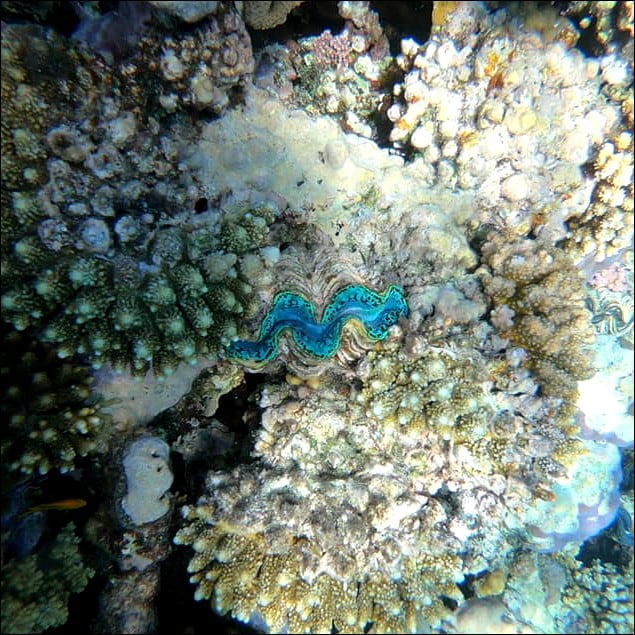
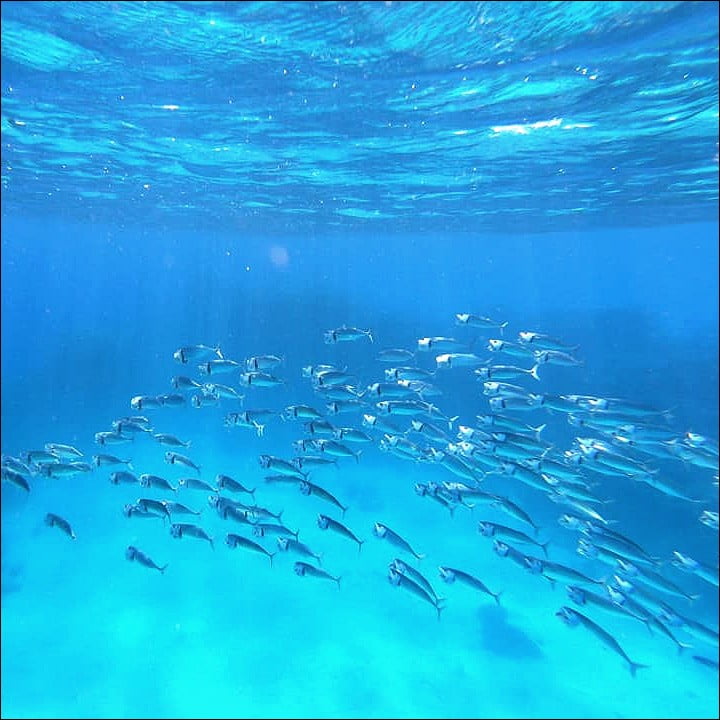
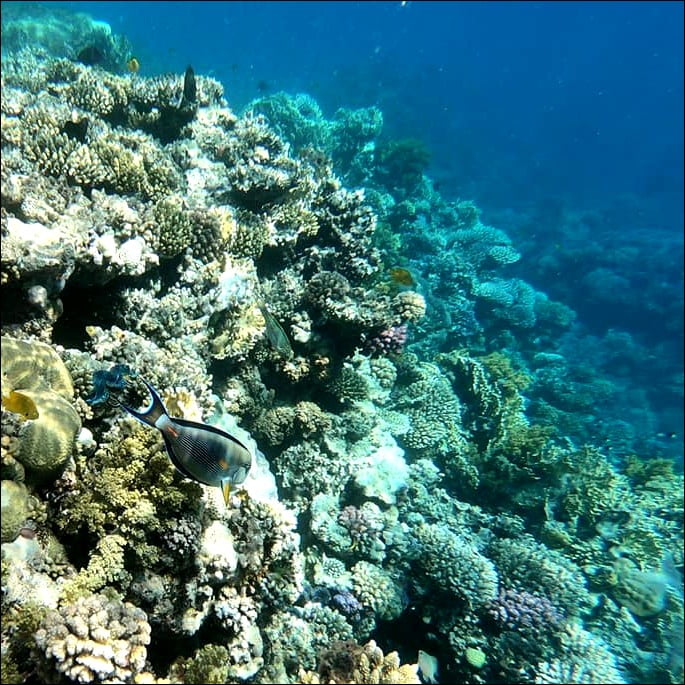
Snorkeling in El Quseir
The list drawn up above is not intended to discourage you, quite the contrary, but to remind that many animals are venomous. And I have only mentioned part of it! I myself didn’t think I was swimming with so many potentially dangerous animals.

Security
You have to follow simple rules, such as being careful where you put your feet and avoiding touching the corals as much as possible because of the animals hiding there. Also because many are stinging, such as Millepora which is very common here. By applying that, we frankly do not risk much.
Nothing happened to us on the ground, after several days in the reefs. To tell you the truth, we have often even played with fire at our peril. An accident quickly happened with inattention. With a few acquaintances, you gain security!
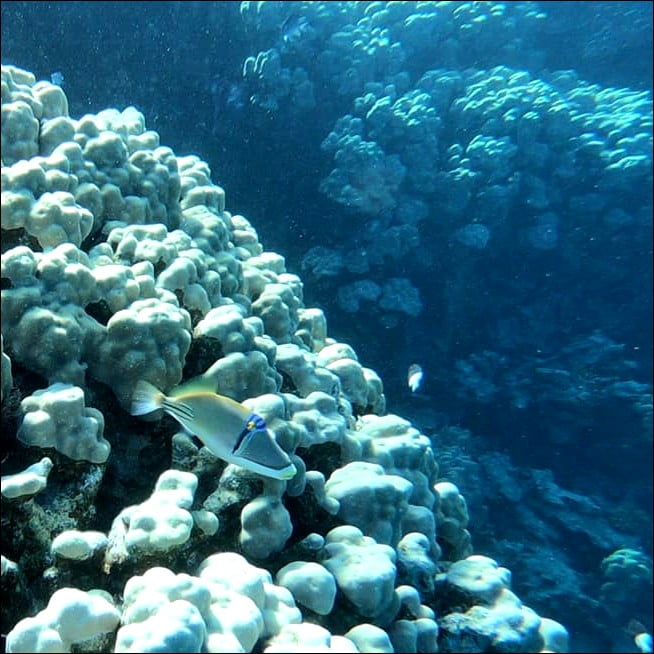
Potential hazards
What is dangerous is the fact that these “craters” are shallow and teeming with life. As a result, the space is very limited and we are particularly close to the animals. Places with depth are relatively harmless. Speaking of which, pay attention to the Tide schedules :
Once, we were (really) very far from the shore and the sea was retreating. We didn’t notice anything since we were after the coral reef. When we turned back, we realized that the tide was getting low. We had to pass the entire coral area at full speed. Our bellies and legs brushed against all the corals and sea urchins. It was very complicated to come back. A particularly creepy time trial!
Composition of the sea in El Quseir
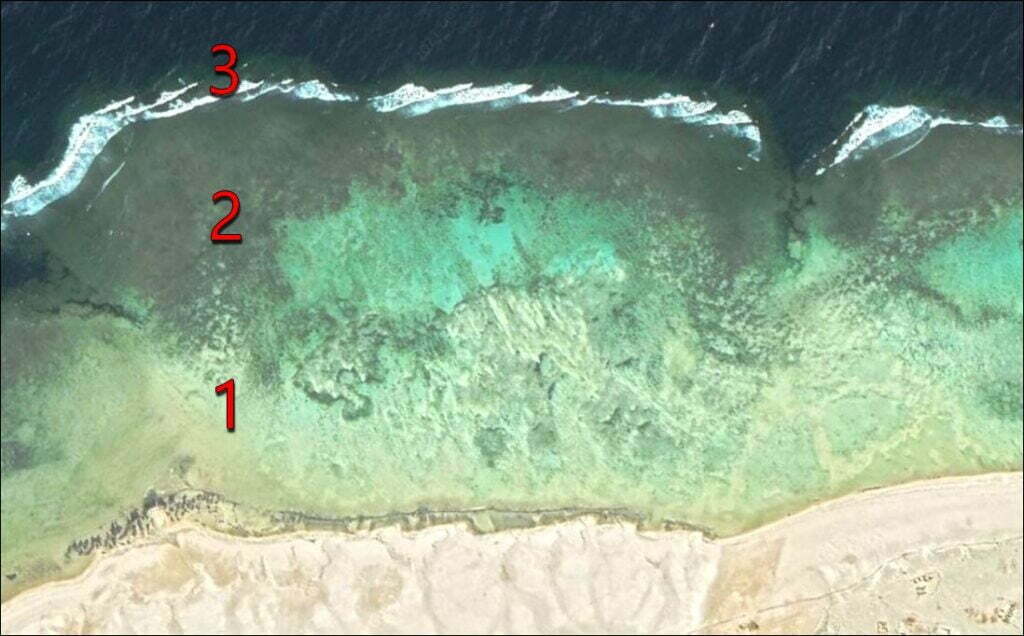
- The whole part up to the 2nd is often composed of aquatic plants. They can be recognized by the spots punctuated on the color of the sand. It is generally in this space that we can find the biodiversity that I mentioned to you in snorkeling. In the next section, you will find how to find these spaces easily.
. - The area between the 2nd and the 3rd is the beginning of the coral reef. There is more than that, we no longer see any sand at all. Biodiversity is beginning to change radically.
. - This is the end of the coral reef. We can clearly see the separation from the sea. It is an absolutely unique area. The first time, it makes a funny effect. The coral reef literally stops. It’s like a huge wall that descends to a priceless depth. We find ourselves above the void all at once. The water remains clear and you can see very large fish, even sharks.
How to find a good snorkeling spot in El Quseir?
I will not give the specific location we found, but I will show you how to find similar ones. The bay of El Quseir is very large, there is plenty to do.
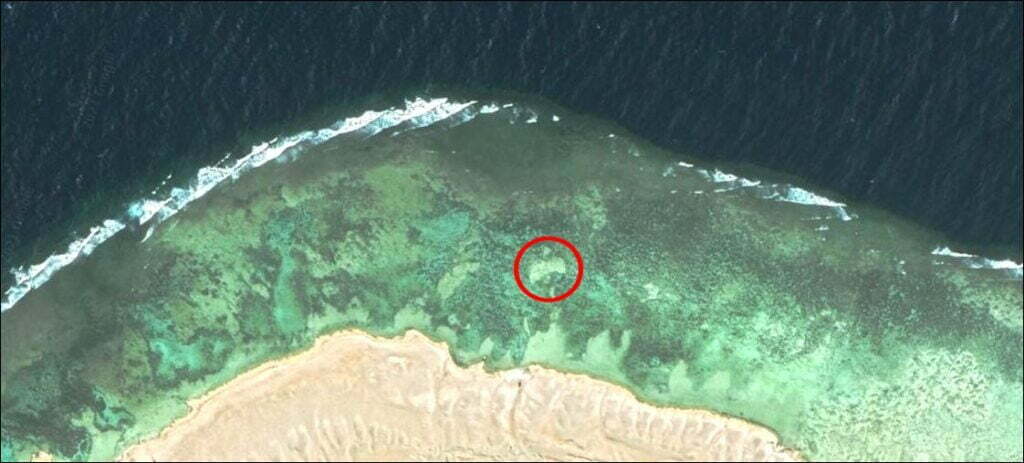
Look for sandbanks in vegetation
As you can see, there is a very clear spot in the middle of the aquatic plants (the spotted areas). It is a sandbar. Generally, there are corals and a lot of life in these spaces. We can say they are Water villages! This is where we spent all our time. You have to locate the tasks and position yourself in front using GPS, then move straight on them.
It doesn’t sound like that, but it’s Long to access. To give you an idea, from the encircled area, you probably don’t see if there’s anyone on the beach. Or like a tiny ant. I don’t remember the durations but to get to the end of the coral reef it easily takes more than 20 minutes.
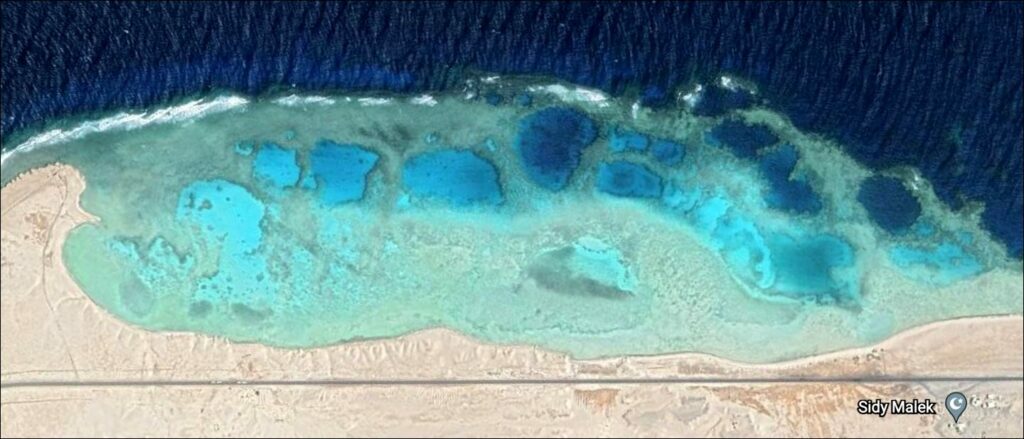
This place is located several kilometers south of El Quseir. You notice that the environment is quite different. The area is full of corals and lagoons and seems devoid of aquatic plants. Each stretch of the Red Sea is different and therefore home to different aquatic fauna.
Other things to do in Egypt
Find dozens of activities to do during your trip to Egypt in this guide:
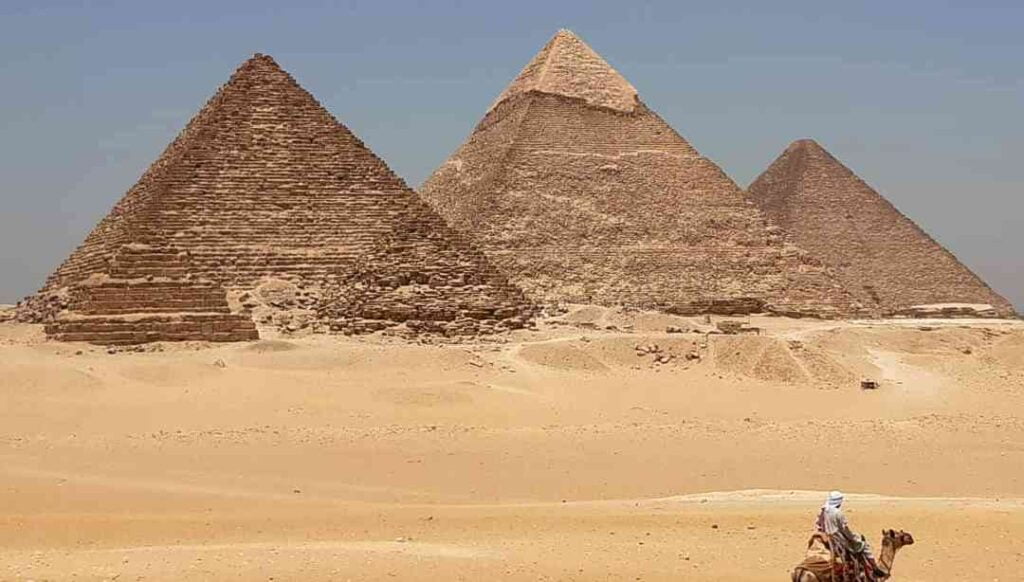
LEXICON
¹ Biotope : Well-defined living environment consisting of conditions such as temperature, climate (…). It hosts the biocenosis (fauna and flora), with which it creates an ecosystem. (↑ Back)
² Mimicry : The ability of a species to merge with their environment or another living being. (↑ Back)


